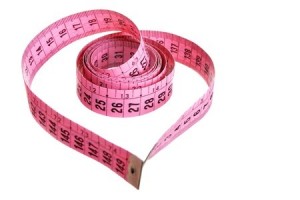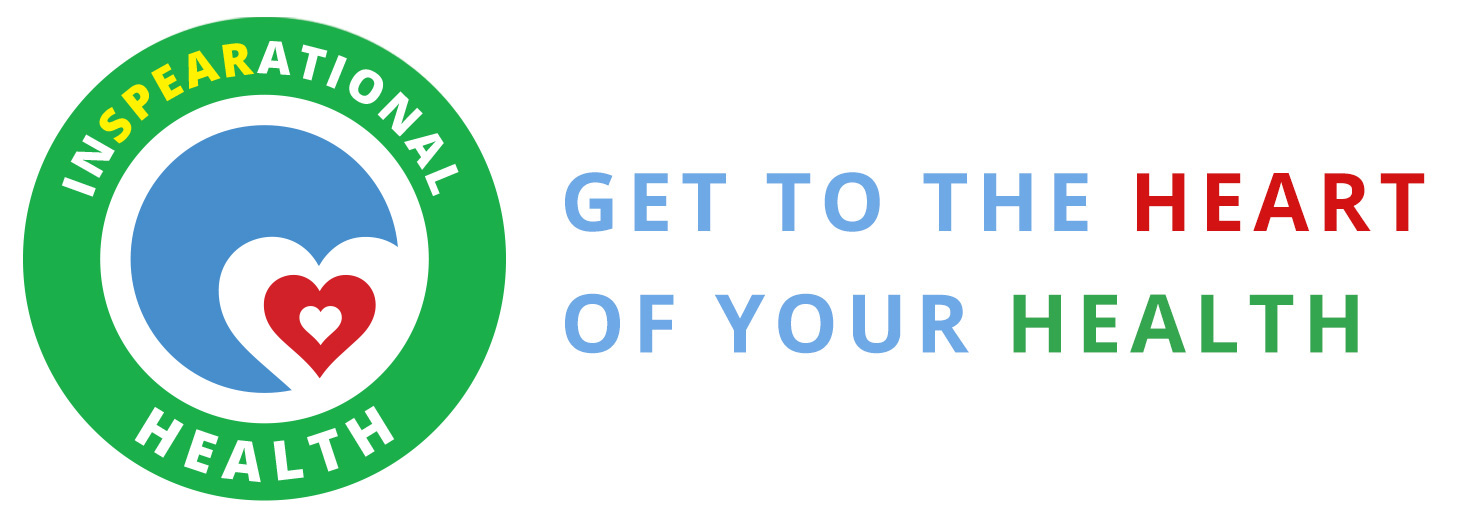We’ve talked about clothing size and BMI. Both have their place when it comes to assessing our health based on our weight. Now we will talk about waist measurement.
 The thinking behind our waist measurement is that your waist size indicates the amount of belly fat you are storing. The more belly fat you have, the higher your risk for some of our common diseases such as heart disease, high blood pressure, and diabetes.
The thinking behind our waist measurement is that your waist size indicates the amount of belly fat you are storing. The more belly fat you have, the higher your risk for some of our common diseases such as heart disease, high blood pressure, and diabetes.
The first thing to look at is your BMI. There is conflicting information around what BMI allows you to use the waist circumference as a measure of risk. There is an assumption that if your BMI is over a certain amount, you likely have abdominal fat so your waist doesn’t need to be measured.
So, what should your BMI be at to take the step of measuring your waist?
- The American Heart Association says that if your BMI is 25kg/m2 or more, look at your waist.
- The National Heart, Lung, and Blood Institute tells you to look at your waist only when your BMI is between 25 and 35.
- Central obesity is assumed at more than 30 kg/m2 by the International Diabetes Federation. They say there is no need to look at your waist measurement.
The second thing is to know how/where to measure your waist.
- The American Heart Association says you should measure at your natural waist, which is just above the navel.
- The National Heart, Lung, and Blood Institute tells you to measure just above your hipbone.
- WebMD has you measure at the top of your hip bone.
Here is a PDF from My Healthy Waist that shows you how to measure your waist.
Lastly, what is the guideline?
- Most everywhere I looked, the guidelines for our waist circumference are 35” for women and 40” for men.
- This Shape magazine article – BMI vs Weight vs Waist Circumference – says that your waist should be no more than half your height. (This is a good, short article, so take 2 minutes to read it.)
- I did find it interesting that the International Diabetes Foundation had guidelines based on ethnicity. In general, their recommendation is 35” for women and 40” for men; however, Asians have a lower measure at 31.5” for women and 35.4” for men.
Clearly, or not so clearly, some standards would be nice here. Bottom line is that our waist circumference is another measure of our health. I think it doesn’t hurt to know your waist measurement. It is another piece of information to help you better assess your health. Just like BMI, it should be used in conjunction with other tools.
Read How Accurate is Body Mass Index from WebMD to understand their thought on BMI and waist circumference.
